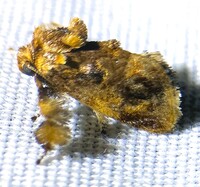
| Recorded by: Dean Furbish on 2025-08-16
Orange Co.
Comment: | 
| Recorded by: Dean Furbish, Lior S. Carlson, Randy Emmitt on 2025-08-12
Alamance Co.
Comment: |
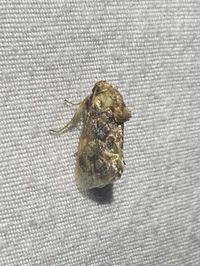
| Recorded by: Dean Furbish, Lior S. Carlson, Randy Emmitt on 2025-08-12
Alamance Co.
Comment: | 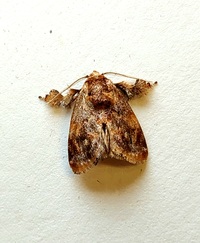
| Recorded by: Mark Basinger on 2025-07-28
Wilson Co.
Comment: |
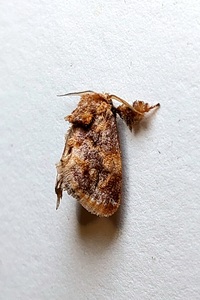
| Recorded by: Mark Basinger on 2025-07-28
Wilson Co.
Comment: | 
| Recorded by: Jim Petranka on 2025-07-15
Madison Co.
Comment: |

| Recorded by: Mark Basinger on 2025-07-14
Rowan Co.
Comment: | 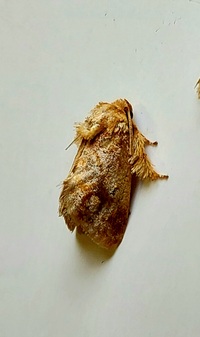
| Recorded by: Mark Basinger on 2025-07-14
Rowan Co.
Comment: |

| Recorded by: Mark Basinger on 2025-06-27
Rowan Co.
Comment: | 
| Recorded by: Mark Basinger on 2025-06-27
Rowan Co.
Comment: |
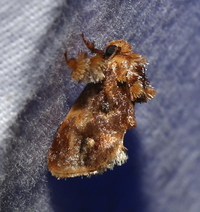
| Recorded by: David George, Jeff Niznik, Kenneth Geisert, David Bradley, Julie Tuttle, Patrick Coin, Kaitlyn Elliott, Becky Watkins on 2024-08-17
Durham Co.
Comment: | 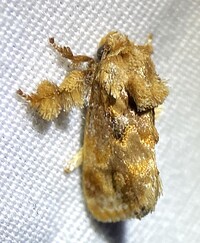
| Recorded by: Dean Furbish, Lior S. Carlson on 2024-08-13
Pamlico Co.
Comment: |
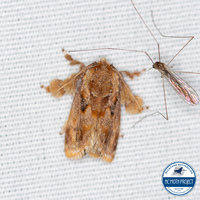
| Recorded by: Lior S. Carlson, Dean Furbish on 2024-08-13
Pamlico Co.
Comment: | 
| Recorded by: Lior S. Carlson, Dean Furbish on 2024-08-12
Pamlico Co.
Comment: |
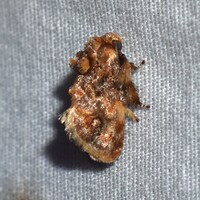
| Recorded by: David George, Jeff Niznik, Patrick Coin, Steve Hall, Carol Tingley, Tom Howard on 2024-07-27
Chatham Co.
Comment: | 
| Recorded by: David George, Jeff Niznik on 2024-07-09
Chatham Co.
Comment: |
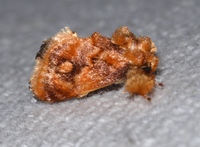
| Recorded by: Jim Petranka on 2024-07-09
Madison Co.
Comment: | 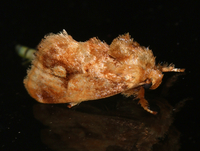
| Recorded by: Jim Petranka on 2024-07-07
Madison Co.
Comment: |

| Recorded by: Erich Hofmann on 2024-07-07
New Hanover Co.
Comment: | 
| Recorded by: Erich Hofmann on 2024-07-07
New Hanover Co.
Comment: |
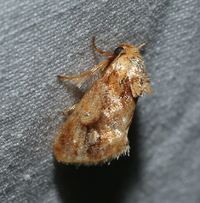
| Recorded by: David George on 2024-07-04
Chatham Co.
Comment: | 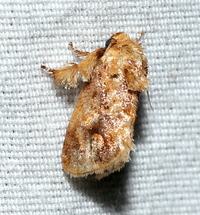
| Recorded by: David George on 2024-07-04
Chatham Co.
Comment: |

| Recorded by: David George, Jeff Niznik, Stephen Dunn on 2024-06-29
Chatham Co.
Comment: | 
| Recorded by: Dean Furbish, Lior S. Carlson on 2024-06-25
Orange Co.
Comment: |
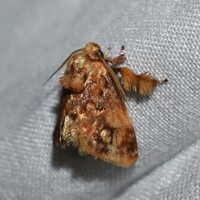
| Recorded by: David George, Stephen Dunn, Jeff Niznik, Patrick Coin on 2024-06-22
Chatham Co.
Comment: | 
| Recorded by: David George, Stephen Dunn, Jeff Niznik, Patrick Coin on 2024-06-22
Chatham Co.
Comment: |
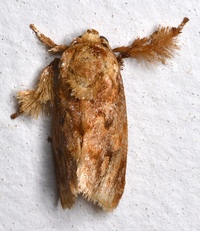
| Recorded by: Stephen Dunn on 2024-06-19
Orange Co.
Comment: | 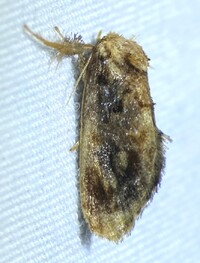
| Recorded by: Dean Furbish, Lior S. Carlson on 2024-06-18
Lincoln Co.
Comment: |
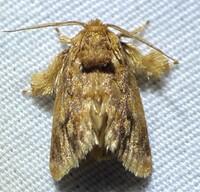
| Recorded by: Dean Furbish, Lior S. Carlson on 2024-06-17
Lincoln Co.
Comment: | 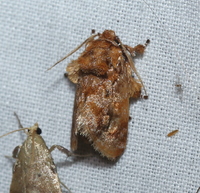
| Recorded by: David George, Steve Hall, Patrick Coin, Mark Basinger on 2024-06-16
Chatham Co.
Comment: |
|

 »
»
























